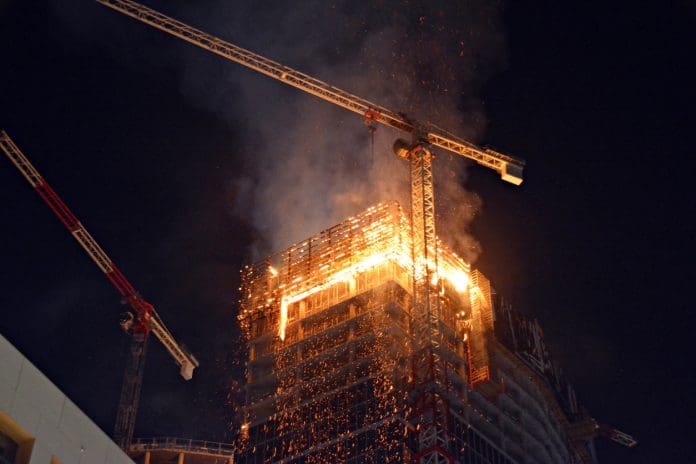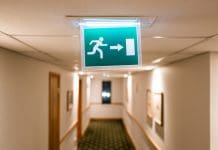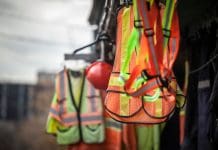Recent changes to Approved Document B underscore the UK Government’s commitment to improving fire safety in building construction. These updates bring critical enhancements that every construction professional should be aware of
The document is a key part of the UK’s Building Regulations, providing essential guidance on fire safety measures for building construction. It outlines the requirements for ensuring that buildings are designed and built to minimize the risk of fire, protect occupants, and enable safe evacuation.
Recent enhancements in fire safety regulations
In a move to further enhance fire safety in building construction, the UK Government has introduced several important updates to Approved Document B:
Mandatory Sprinklers in Care Homes:
Starting March 2025, all new care homes must be equipped with sprinkler systems, regardless of height. This change is crucial for protecting vulnerable residents who may have difficulty evacuating quickly in an emergency.
Second Staircases in High-Rise Buildings:
From September 2026, new residential buildings over 18 meters (approximately six stories) will be required to have a second staircase. This regulation is aimed at improving the safety of residents by providing an additional escape route during a fire.
Transition to European Fire Safety Standards:
The current National Classes (BS 476) will be phased out in favour of the European Standard (BS EN). This shift will likely raise the standards for fire safety in building construction materials and methods, ultimately leading to safer buildings.
Impact on the construction industry
These updates will have a profound impact on the construction industry, influencing everything from design to material selection. The industry must adapt to these changes to ensure compliance and continue prioritizing occupant safety.
Impact on insurance: Property and professional indemnity
These regulatory changes are not just a concern for architects and builders—they’re also highly relevant for property and professional indemnity underwriters. Insurers will be particularly keen to ensure that their clients are fully compliant with these new fire safety standards. Non-compliance could lead to increased risks, which, in turn, might affect coverage terms, premiums, or even the availability of insurance.
Property underwriters will focus on how these new requirements impact the overall fire risk of buildings, particularly in high-rise residential projects and care homes. Compliance with these updated regulations will be crucial in mitigating potential losses from fire-related incidents.
Professional indemnity underwriters will also pay close attention to how architects, engineers, and construction firms incorporate these changes into their practices. Failure to adhere to the latest fire safety regulations could expose professionals to claims of negligence, increasing their liability and risk profile.
Preparing for compliance
To meet these new requirements, construction professionals should start planning and consulting with fire safety experts now. Understanding the implications of these updates will be crucial for delivering buildings that not only comply with regulations but also provide the highest level of safety for occupants.
By embracing these changes, the industry can continue to build safer, more resilient structures that protect lives and property.














